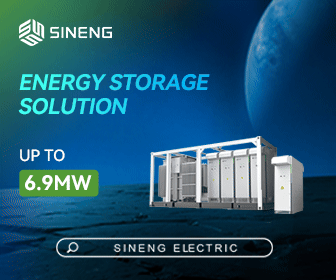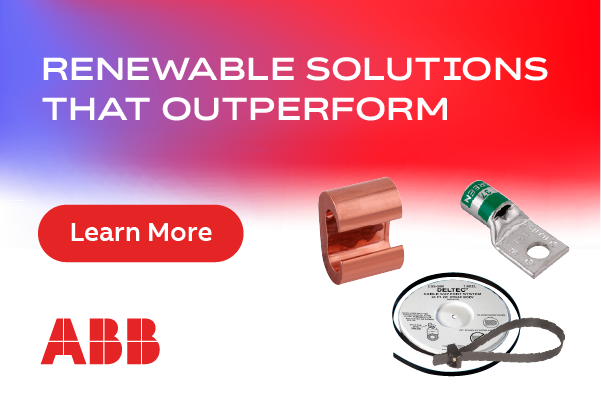Innovative Storage Will Shape Energy Transition
Covid-19 has had a dramatic impact on the US energy market. Decreased overall consumption caused the percentage of renewable generation to rocket while the price of energy dropped, creating the most extreme 'duck curve' ever seen in markets like California.
The increased renewable penetration caused by the crisis is not a blip. Ensuing low market clearing prices during times of strong renewable generation (solar in California; wind in Texas) are the latest evidence of an extraordinary shift in our energy grid over the last ten years.
Renewable energy provides over 40 percent of supply in some jurisdictions. As our grid increasingly moving to a decentralized model - and renewables slowly start to take over the baseload - energy storage will become increasingly important.
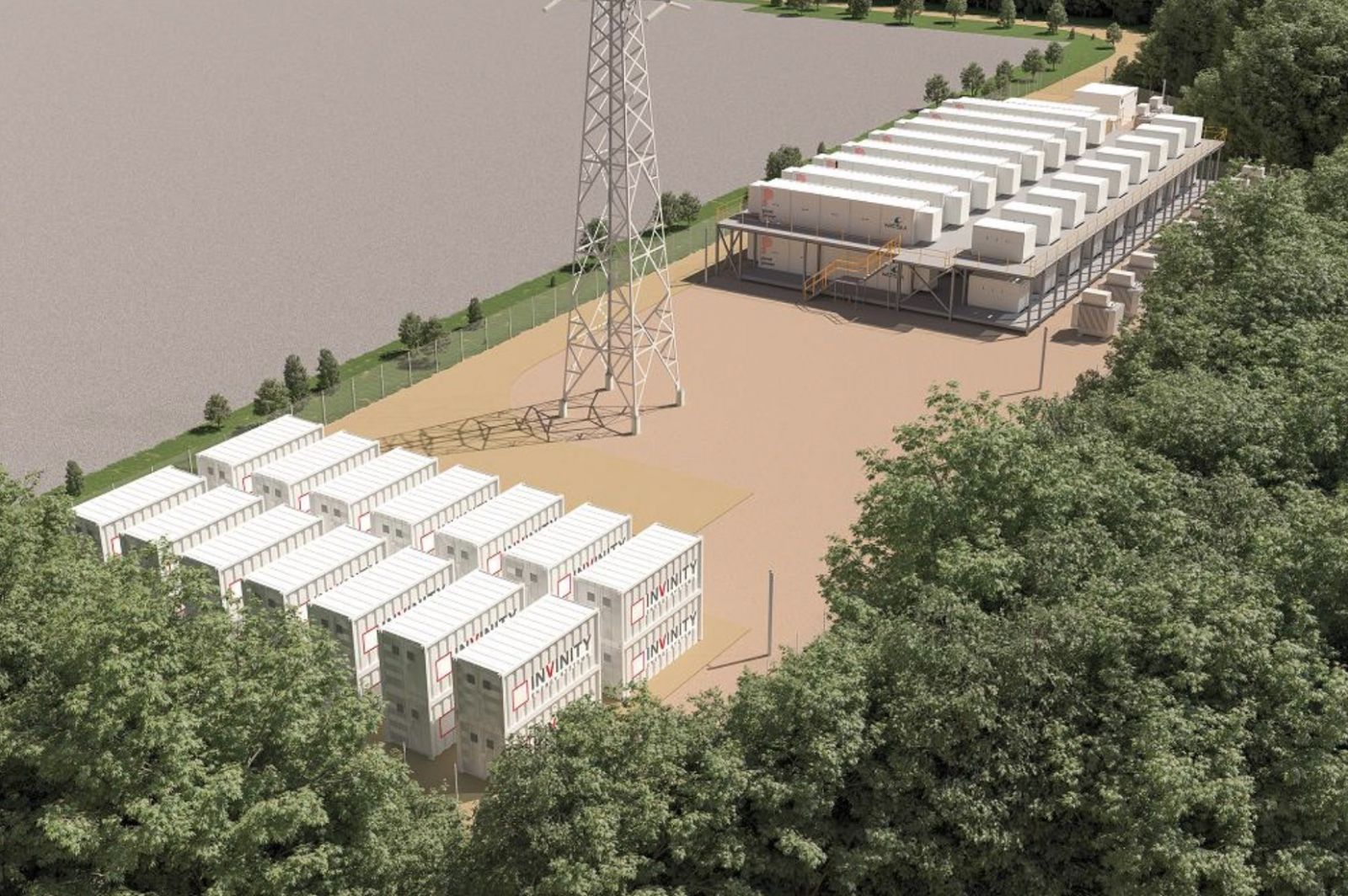
As this trend continues, the country faces two choices:
- We carry on as we are, attempting to use existing fossil-fuel based centralized generation to balance an increased proportion of renewable generation. We continue to apply band-aids to our federal electricity networks to manage inevitable constraints, and resign ourselves to higher electricity prices.
- We embrace renewables fully, with widespread use of energy storage delivering ultra-low marginal cost clean energy on demand. We learn lessons from the past months, and make systemic changes to our network now to pave the way for the green grids of the future.
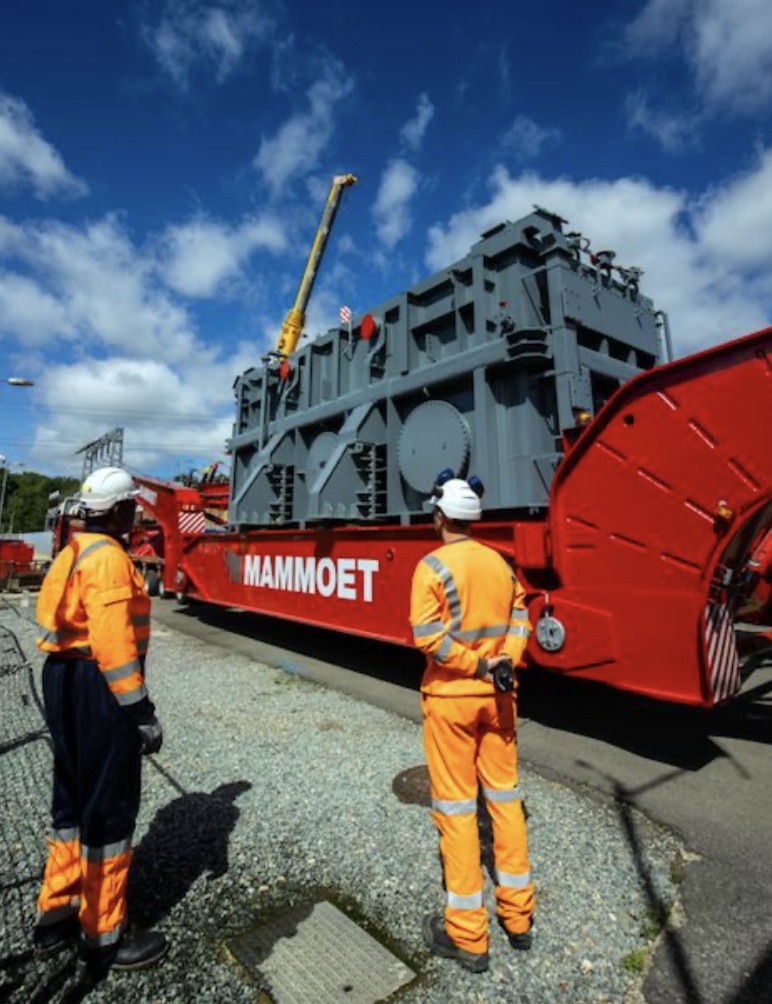 Beyond lithium
Beyond lithium
One of the changes we must make is to begin to look at the mix of storage technologies required to enable this energy transition. In some cases, pairing technologies within a single project can deliver optimal outcomes.
Lithium-ion batteries are the dominant force of energy storage at present. Time-tested and high-powered, they check a number of important boxes, but are susceptible to degradation in higher throughput applications with frequent or unpredictable cycling. Given the wide variety of technical requirements and market designs that allow grids to operate effectively, they are not a 'one size fits all' technology solution.
Vanadium flow batteries (VFBs) are seen as one of the foremost alternatives to lithium-ion. They possess a number of key advantages in terms of performance, duration, and lifetime:
- Excelling at heavy-duty, stationary, high-utilization applications, VFBs are ideal for storing and releasing energy on demand from industrial scale solar generation, which supports more flexible and more valuable low-carbon energy projects.
- They do not degrade with use, resulting in durable, low-cost performance in high-cycling applications for decades (part of the reason the market for this technology is expected to exceed $4.25 billion by 2028.[1]
A model for urban decarbonization
We must also start to consider the energy transition closer to home. Huge wind farms in Texas and solar parks in the Californian desert will play a role, but the world's cities emit 70 percent of the world's carbon dioxide.[2] Cities have a huge responsibility to drive the massive cuts in carbon emissions needed to achieve net zero emissions in the coming decades. They also have enormous potential to become epicenters for positive change; bold and ambitious projects in urban regions can be replicated worldwide.
One city driving this energy transition is Oxford, UK, which is currently deploying the ground-breaking Energy Superhub Oxford (ESO) project. This world-leading initiative is pioneering an integrated approach to urban decarbonization, combining renewable energy with electric transport and heat to create a zero-carbon city.
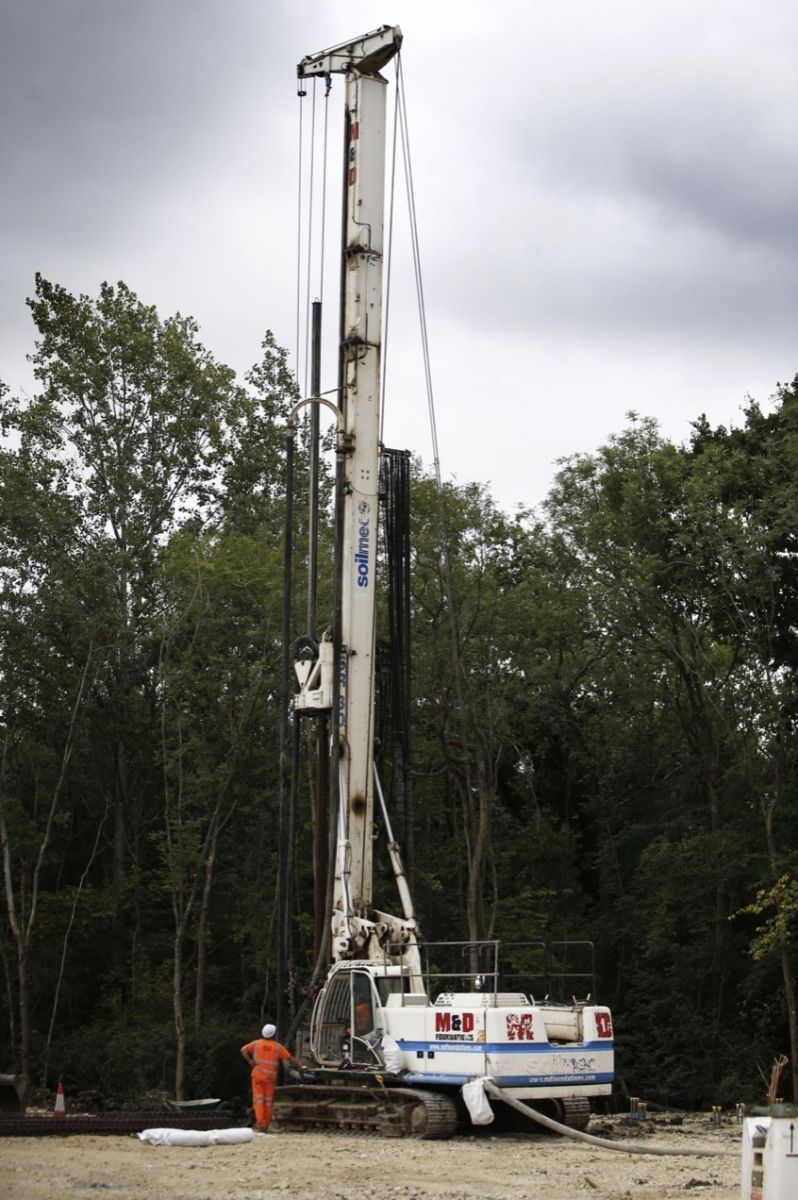 Storage enabling an electric revolution
Storage enabling an electric revolution
Leveraging the relative strengths of two storage technologies, the project combines a 50 MW lithium-ion energy storage system with a 2 MW/5 MWh VFB, to make a world's largest hybrid energy storage system.
Vanadium flow is a core component of the system, enabling greater use of clean, renewable energy sources while providing opportunities to trade on wholesale energy markets and services to National Grid.
The flow battery at ESO will act as the 'first responder' in the hybrid system, cycling multiple times each day in response to energy demand and market signals. The use of a VFB to perform this 'heavy lifting' minimizes the demands on the lithium-ion battery, allowing it to operate at its optimal level and provide the important high-power component to the system, without the associated degradation penalty.
The project presents a model for cities around the world. It offers a ready-made solution for city and regional governments to follow, enabling them to drive the decarbonization agenda, and give the public an active role in their energy future.
The pandemic has highlighted this defining moment in our energy transition. It's up to us to take advantage of this opportunity to shape the low carbon future we want to see. Innovative urban projects like the ESO provide a guiding light on this journey, and show the vital role that flow batteries and hybrid storage could play in shaping the green grids of the future.
Rob Brown is Regional Director - North America, Invinity Energy Systems, which provides vanadium-based energy storage systems at large scale worldwide.
Invinity Energy Systems | www.invinity.com
[1] According to IDTechEx report Redox Flow Batteries 2018-2028: Markets, Trends, Applications
Author: Rob Brown
Volume: 2020 November/December








